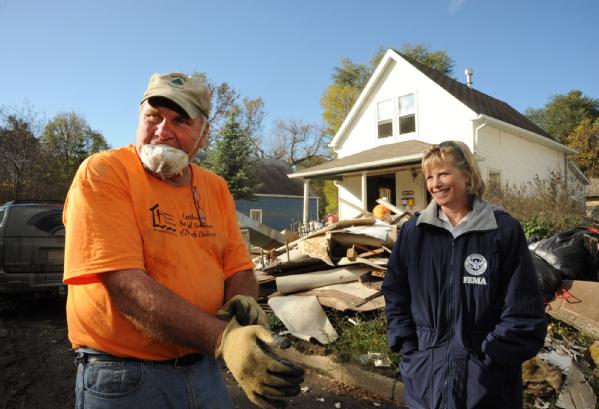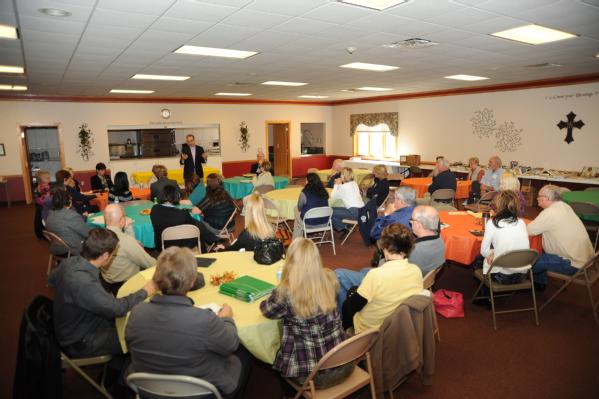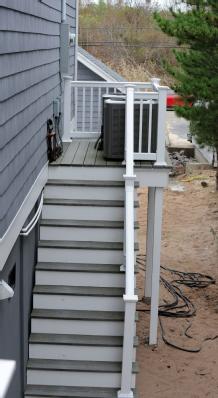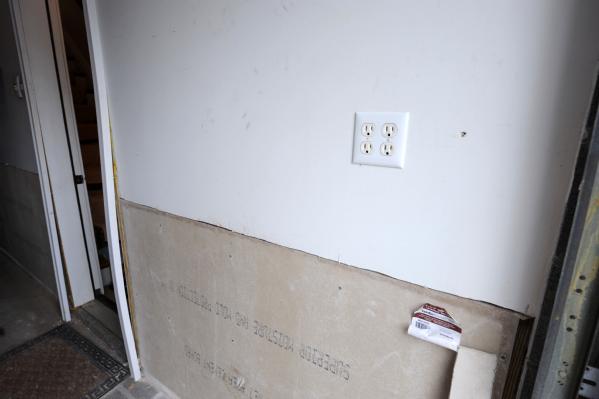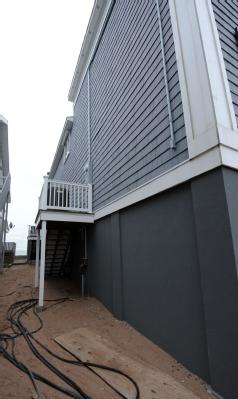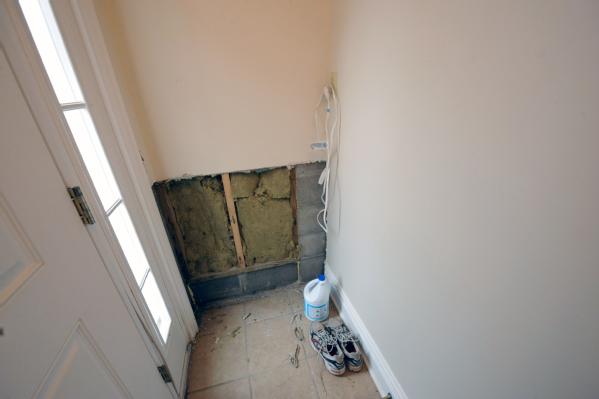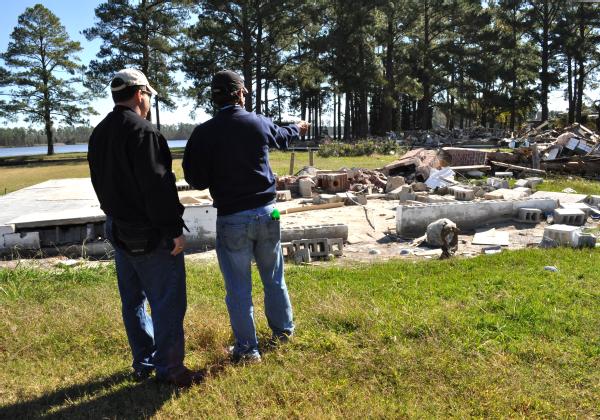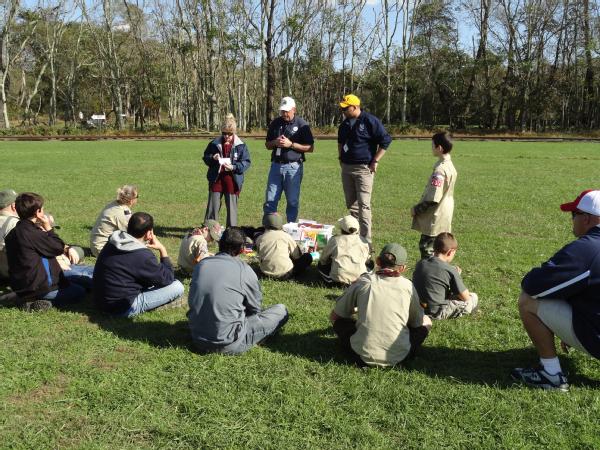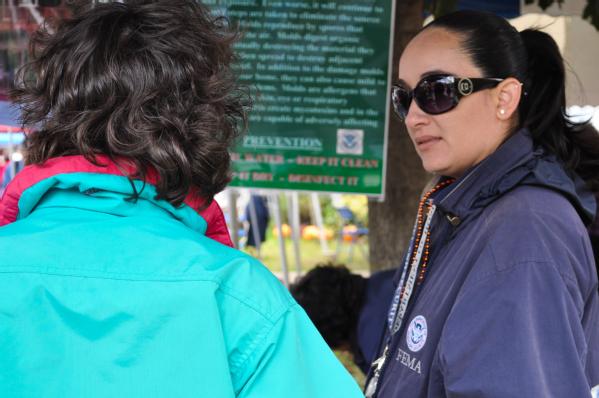Help Us Spread the Word – On November 9, “This is Just a Test”
Editor's Note (Nov 2): Visit www.fema.gov/eastest for more information, including our new widget.
Over the past few months, we have written on this blog about the upcoming nationwide test of the Emergency Alert System, which is now less than two weeks away. The test will take place on Wednesday, November 9th at 2:00 pm eastern standard time, and will be the first time this system, which is often tested and used by officials at the local level, will be tested across the entire country.
The national Emergency Alert System is an alert and warning system that can be activated by the President, if needed, to provide information to the American public during emergencies. NOAA’s National Weather Service, governors, and state and local emergency authorities also use parts of the system to issue more localized emergency alerts. The test is an important exercise in ensuring that the system is effective in communicating critical information to the public in the event of a real national emergency. It is a critical communications tool that can provide alerts, warning and information rapidly across multiple television and radio platforms.
Our top priority is to make sure that all members of the public know that this test is coming up – and that it is just a test. For most of us, this test will look and sound very similar to the local tests of the Emergency Alert System that we often see on TV or hear on the radio.
But as we always say here at FEMA, we’re just part of the team – and we’re counting on all of you to help us spread the word in your communities, with your co-coworkers, neighbors, friends and loved ones.
To help do that, we have put together a couple of videos you can use to help explain what this test is and what people can expect:
Administrator Fugate and FEMA’s Neil McDevitt explain the test in American Sign language:
Embed code:
FEMA's Dawn Hart provides key information about the test in Spanish:
Embed code:
We've been actively engaged with our partners at the Federal Communications Commission, our state, tribal, territorial and local partners, the broadcast community, and other key stakeholders in getting ready for this test. We hope that you will help us spread the word about the Emergency Alert System test by sharing these videos on your websites – or with your communities.
Copy the above code or embed the video from our YouTube channel.
You can read our blog post when we first announced the EAS Test and visit the FCC website for more information about the test, including additional answers to some frequently asked questions.




